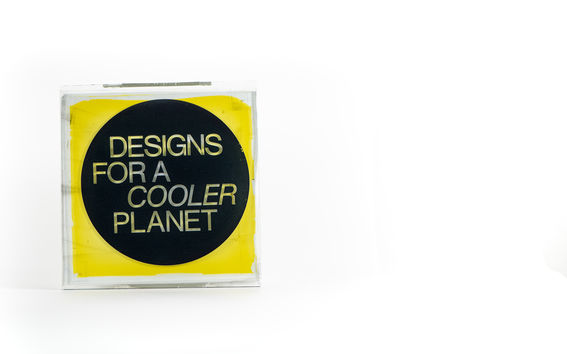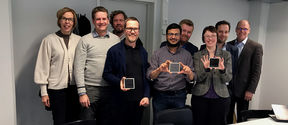Low cost solar panel research receives funding boost
€600,000 funding awarded to Dr Ghufran Hashmi for the development of low cost long-lasting solar energy materials

New solar cell technologies enable completely new application areas and at affordable production costs. Smart building technologies and modern architectural requirements call for customizable photovoltaics technology, which could decentralize electricity production and be integral to the building's aesthetics.
Printable carbon-based perovskite solar cells and dye-sensitised solar cells -- so-called third generation photovoltaics -- can be produced using low cost and abundantly available materials, such as titanium dioxide or carbon nanoparticles. These materials are deposited on conducting substrates via scalable and established printing methods, like screen printing or inkjet printing technologies. These solar cells can also be produced in a facility without clean rooms, which would significantly reduce overall production costs.
We have begun developing such carbon-based printable perovskite solar cells in collaboration with Finnish industries to investigate the commercialization opportunities for this technology. The ability to integrate carbon-based cells into various building components, such as facades or canopies, looks very promising without being a burden on the overall component costs.
Even more attractive commercially, the panels can be produced in a regular factory, in contrast to an expensive clean-room-based production facility. This advancement has been achieved by installing a prototype lab at Aalto University where we successfully demonstrated the production of solar panels of various sizes (i.e., 10 x 10 cm2 to 20 x 20 cm2) with moderate efficiencies. The manufactured solar panels now work well at the laboratory scale. We also developed some dye-sensitized solar cells to build awareness, and these are showcased in this exhibition.
The prototypes introduced here are undergoing further development for futuristic, building-integrated solar solutions that cannot currently be achieved with traditional solar panels.
Team:
Contact:

€600,000 funding awarded to Dr Ghufran Hashmi for the development of low cost long-lasting solar energy materials

Printed perotech TUTL project
More than half of our energy still comes from fossil fuels. No single technology can replace our reliance on them.
